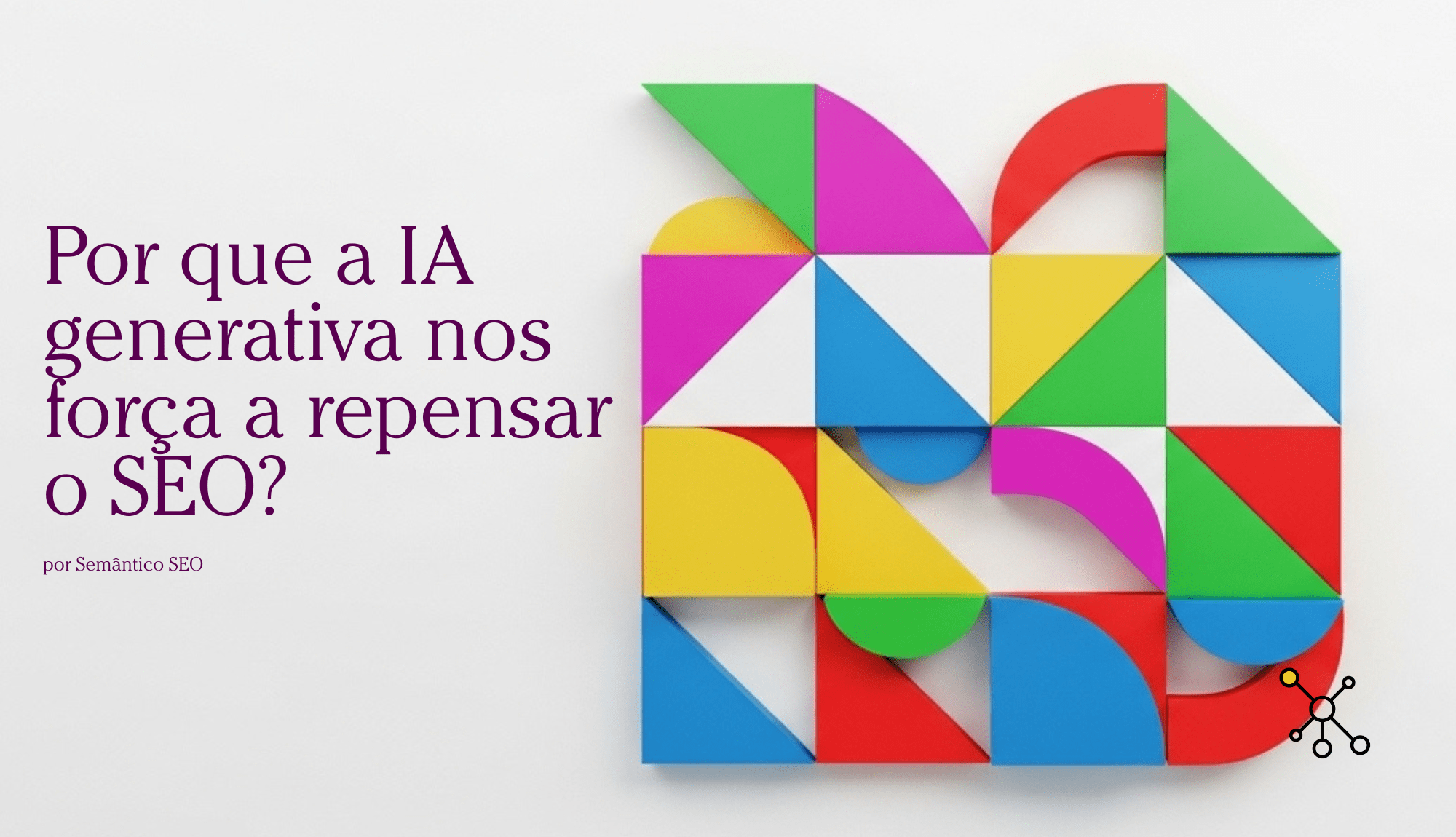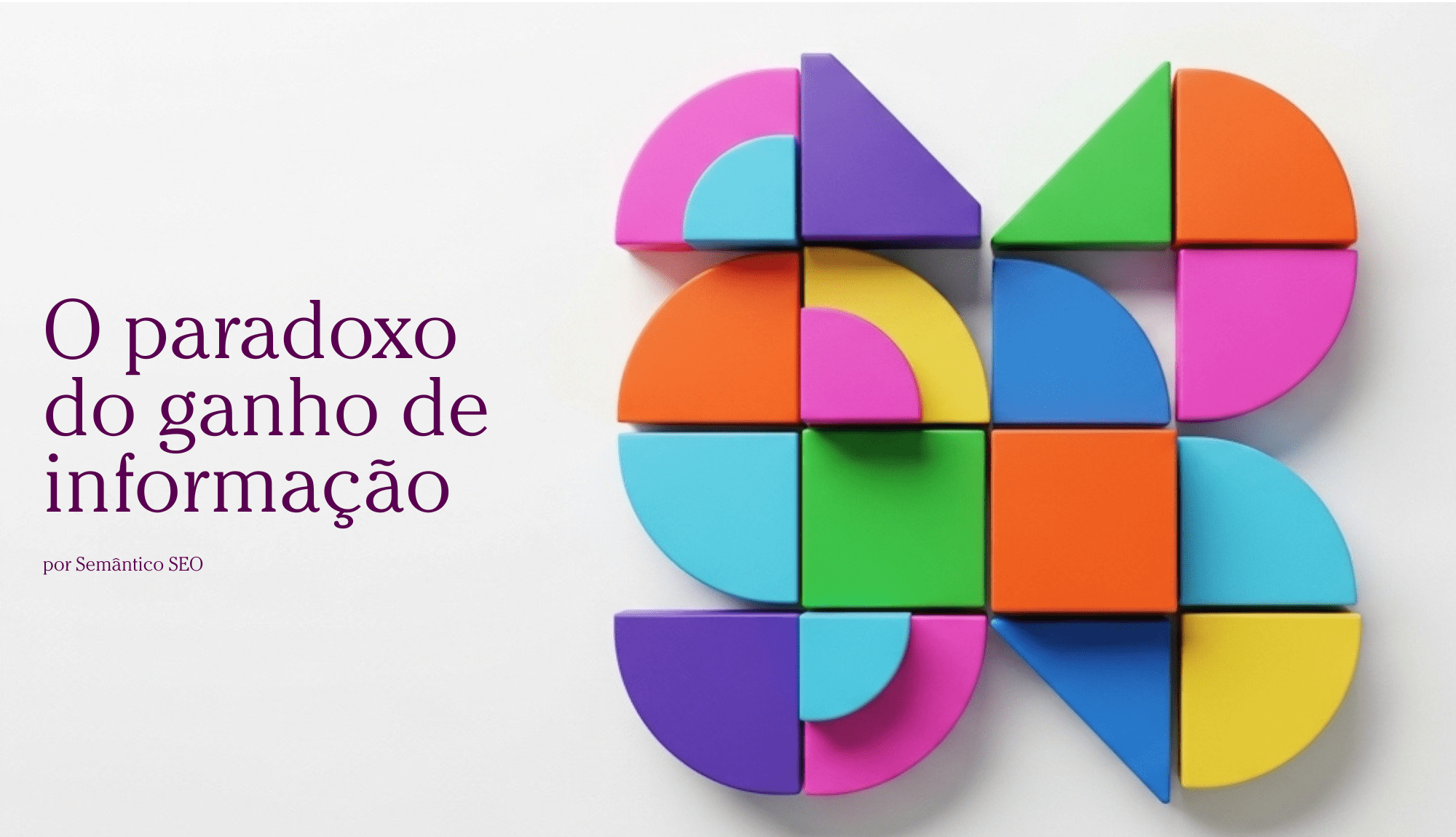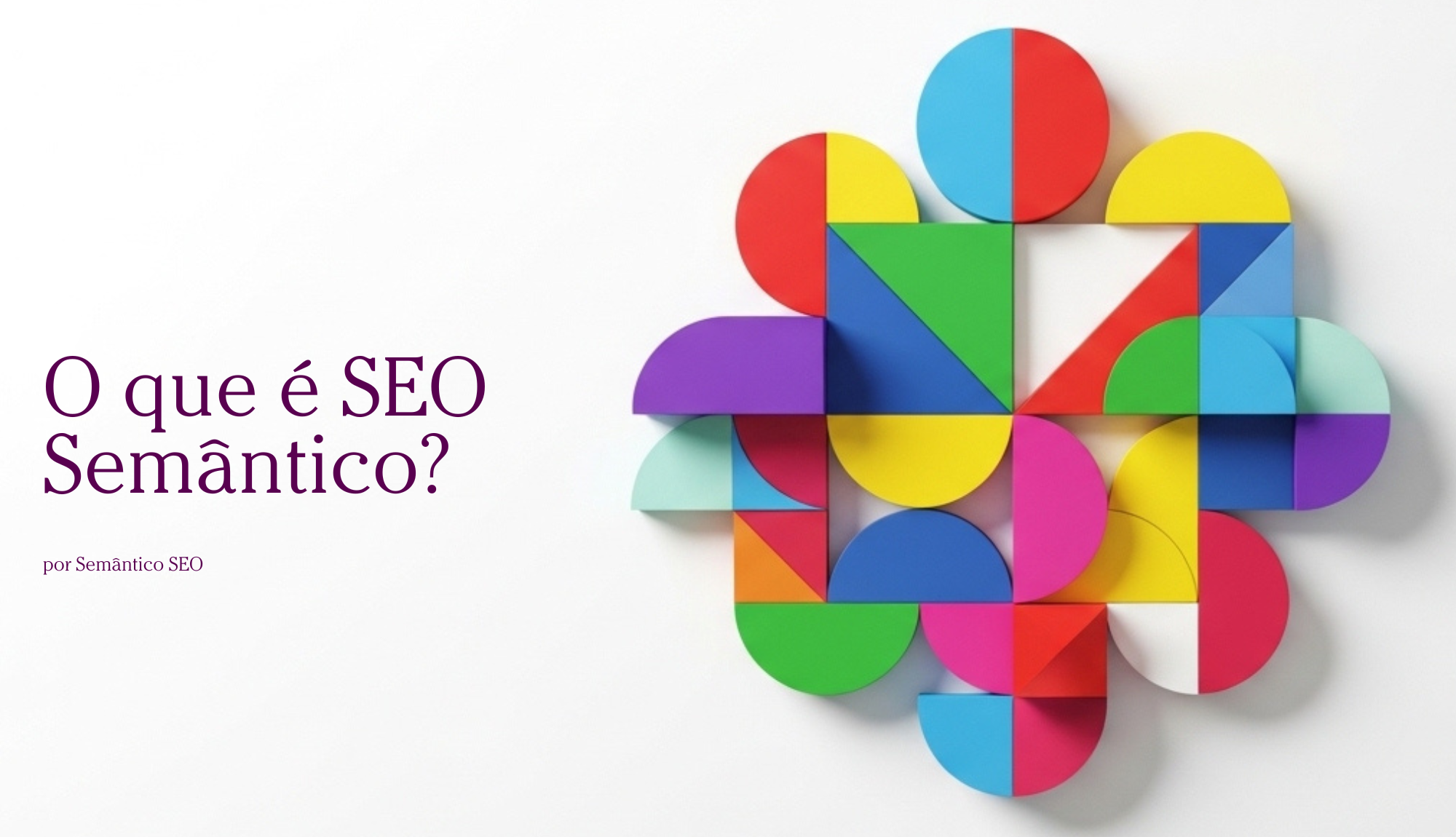Grafo do Conhecimento
Grafo do conhecimento ou Knowledge Graph em inglês é uma base de conhecimento do sistema de pesquisa da empresa Google que visa melhorar os resultados da sua ferramenta de busca com informações de pesquisa semântica.

Com um grafo, o modelo criado para lidar com dados pode ser tão grande, complexo e profundo quanto você precise que seja, porque lida com conexões entre dados complexos e de alta qualidade, permitindo o uso de dados esparsos e incompletos, os tornados utilizáveis.
O grafo de conhecimento representa uma coleção de descrições interligadas de entidades – objetos e eventos do mundo real, ou conceitos abstratos (por exemplo, documentos) – onde estes têm relações semânticas formais que permitem que pessoas e computadores os processem de maneira eficiente e inequívoca;
As descrições de entidades contribuem um com o outro, formando uma rede, onde cada entidade representa parte da descrição das entidades, relacionadas a ela, fornecendo contexto para sua interpretação.
Google Knowledge Graph – grafo do conhecimento do Google
O Google Knowledge Graph é uma base de conhecimento usada pelo Google, e seus serviços, para melhorar os resultados do seu mecanismo de pesquisa com informações coletadas de uma variedade de fontes. As informações são apresentadas aos usuários em uma infobox ao lado dos resultados da pesquisa.
Estas caixas de informação foram adicionadas ao mecanismo de busca do Google em maio de 2012, começando nos Estados Unidos, com expansão internacional até o final do ano.
O Google se referiu a essas infobox, que aparecem à direita (top on mobile) de resultados de pesquisa, como “painéis de conhecimento”.
As informações cobertas pelo grafo de conhecimento do Google cresceram rapidamente após o lançamento, triplicando seu tamanho dentro de sete meses (cobrindo 570 milhões de entidades e 18 bilhões de fatos).
Em meados de 2016, o Google informou que continha 70 bilhões de fatos e respondeu “aproximadamente um terço” das pesquisas mensais de 100 bilhões que eles lidaram. Em maio de 2020, isso cresceu para 500 bilhões de fatos em 5 bilhões de entidades.
Gráficos de conhecimento combinam características de vários paradigmas de gerenciamento de dados:
- Banco de dados, porque os dados podem ser explorados por meio de consultas estruturadas;
- Grafo, porque eles podem ser analisados como qualquer outra estrutura de dados de rede;
- Base de conhecimento, porque eles têm semântica formais, que podem ser usadas para interpretar os dados e inferir novos fatos.
Os grafos de conhecimento, representados no RDF, fornecem a melhor estrutura para integração de dados, unificação, vinculação e reutilização, porque combinam:
- Expressividade: as normas na pilha da Web semântica – RDF e OWL– permitem uma representação fluente de vários tipos de dados e conteúdo: esquema de dados, taxonomias e vocabulários, todos os tipos de metadados, referência e dados mestre. A extensão RDF torna fácil de modelar a proveniência e outros metadados estruturados.
- Desempenho: Todas as especificações foram pensadas e comprovadas na prática, para permitir uma gestão eficiente de gráficos de bilhões de fatos e propriedades.
- Interoperabilidade: Existe uma gama de especificações para serialização de dados, acesso (protocolo SPARQL para pontos finais), gerenciamento (SPARQL Graph Store) e Federação. O uso de identificadores globalmente exclusivos facilita a integração e publicação de dados.
- Padronização: Tudo é padronizado através do processo comunitário do W3C, para garantir que os requisitos de diferentes atores estejam satisfeitos.
O uso extensivo de grafos do conhecimento permitem que questões feitas por todos os tipos de usuários sejam mapeadas em um conjunto organizado de informações que podem fornecer as respostas que desejamos.
Em resumo o grafo de conhecimento usa padrões semânticos para descrever a estrutura da informação para suportar o raciocínio e inferências.




Publicar comentário